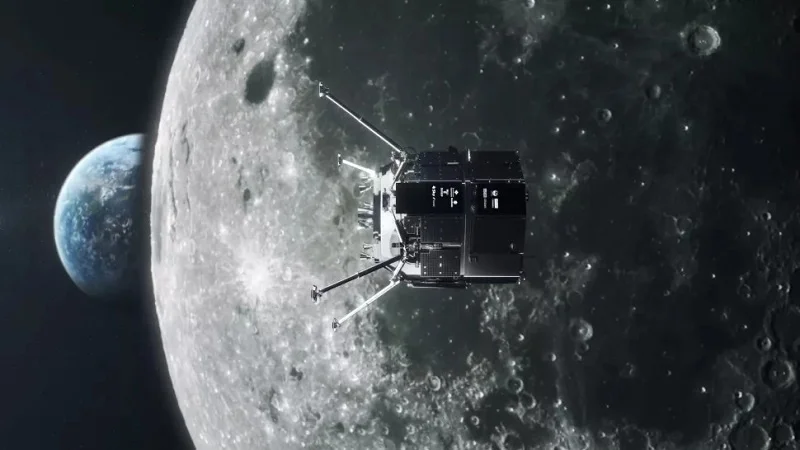Fernanda Avelar Santos of the Federal University of Paraná (Brazil) was stunned to see plastic rocks floating in the ocean and porous structures along the coast. However, it is more than the bottle or other plastic parts. The scientific paper has already been published in the Marine Pollution Bulletin.
worrisome findings
The researcher was working near the Turtle Beach Preserve, the world’s largest breeding ground for endangered green turtles. a large cluster of unusual blue-green rocks. He took the rock samples to his lab. It turns out that this is a new type of geological formation that combines processes that the Earth has used for billions of years to form rocks with a new component, plastic waste.

“Plastic rock” found on the island by Brazilian scientists / Photo phys.org

Plastic structures like stone fill the shore / Photo phys.org
People influence processes that were previously completely natural, for example, the formation of rocks. This is consistent with the Anthropocene idea that scientists talk about so much today – a new geological epoch. The finding is disturbing and sad,
Said Fernanda Avelar Santos.
Similar stone-plastic formations have been previously recorded in Hawaii, England, Italy and Japan. But Trindade Island is the most remote place on the planet where such structures are found. Its main “components” are the remnants of fishing nets. The researcher fears that as the rocks break down, microplastics will enter the environment, further polluting the island’s food chain.
Source: 24 Tv
I’m Maurice Knox, a professional news writer with a focus on science. I work for Div Bracket. My articles cover everything from the latest scientific breakthroughs to advances in technology and medicine. I have a passion for understanding the world around us and helping people stay informed about important developments in science and beyond.















